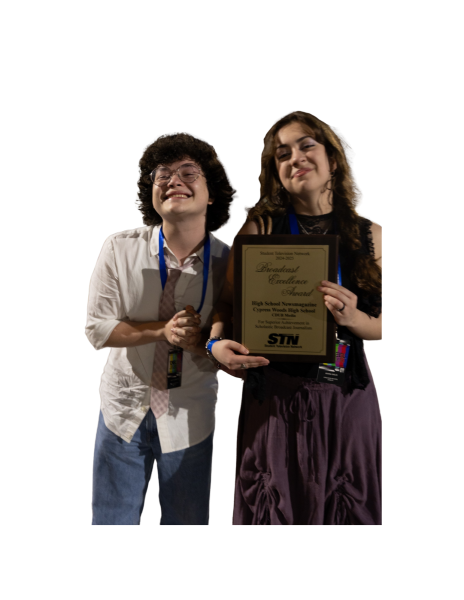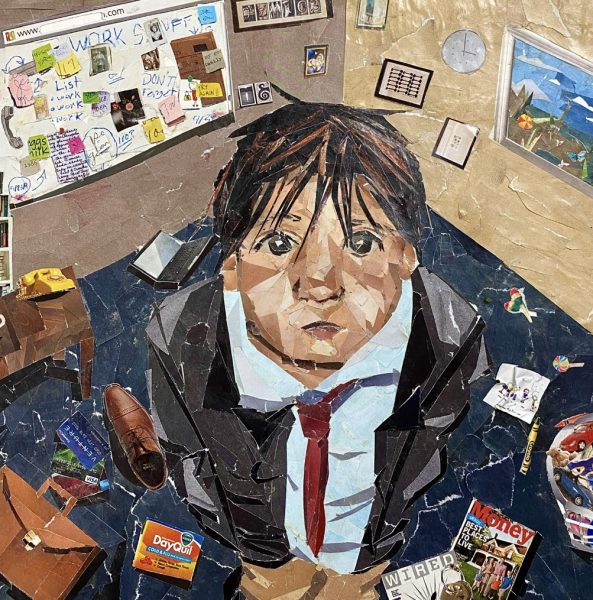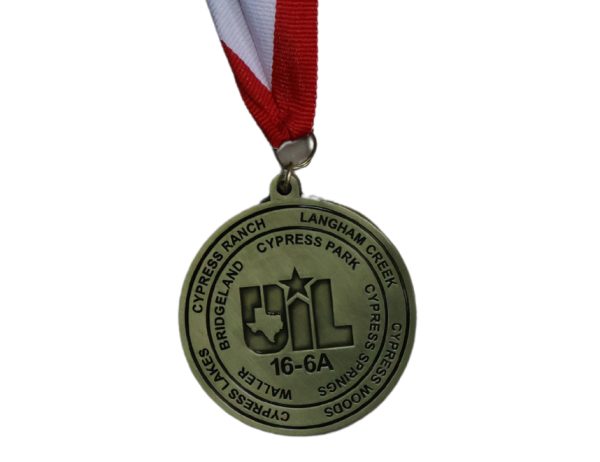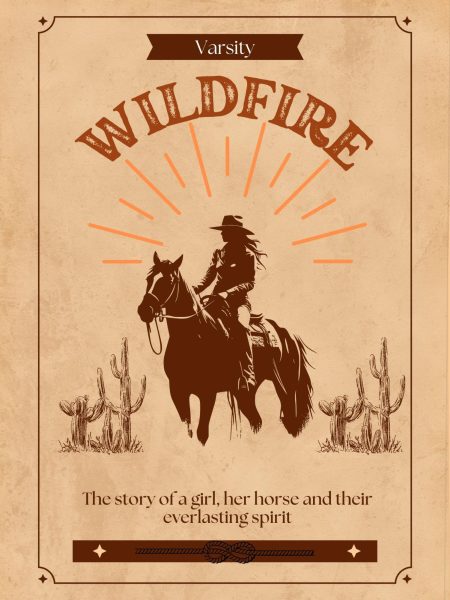Live, Love, Create
an inside look at creative writing
The room is silent. The only sound is the sound of fingers gliding across keyboards as thoughts and ideas are woven into plots and stories as worlds come to life. This is creative writing.
Creative writing is an elective class that can be taken as a sophomore, junior or senior. The curriculum for this course is split into two semesters, but it can also be taken as a half year course. In the fall semester the students learn the basics of creative writing. They learn how to develop settings, characters, and the plot. During each unit, students have to write a short story and/or poem incorporating these devices. In the spring semester the students have to incorporate what they learned throughout the year and attack short stories and poems focused on specific genres.
At the end of the fall semester students entered their works into the Scholastic Awards, a national contest with various categories ranging from art to creative writing. Senior Mackenzie Morton and junior Drew Raus both received awards in this contest. Morton won a silver key for her poem and Raus received an honorable mention for his short story.
“For creative writing I wanted a powerful piece,” Raus said. “So I wrote a very gloomy [story], but it ended on a high note. It was very powerful about self-love, self-acceptance, and self-worth.”
Students who entered the contest found themselves apprehensive since their work was being sent to a national stage. For many of the students their writing is personal, but the contest made them show it to a broader audience that might not have been able to see it otherwise.
“I felt kind of nervous because [the] topic that I wrote about can be very controversial in a few ways,” Raus said. “I thought they were going to send it back and say that it was really inappropriate. It was a coming of age story.”
People write for different reasons, so one story or poem might have different effects on a person depending on who wrote it and what their motivation was.
“I feel like the way I’ve always used art, writing has never really been the typical ‘love story’, ‘happy’, ‘sunshine’,” Morton said. “Mine has always been an outlet for me and also a way for me to inspire others who are having problems [such as] self-esteem, anxiety [and] stress. It’s always been a way for me to express myself but also give people an opportunity to feel that they are understood by someone else and they are not alone as they may feel.”
In creative writing, students have the relative freedom to write what they want. If students want to write about dragons, they write about dragons. If they want to write about pixies and fairies, they write about pixies and fairies. The possibilities are endless.
“I like being able to have creative freedom in a lot of the stuff I do,” Morton said. “Usually you can manipulate some of the prompts [Creative Writing teacher Ms. Gentry] gives to make it satisfy what you want to write.”
While students are learning about setting and characterization, their stories have room for freedom because the stories just must to have a focus on the learning element. In contrast, when students are instructed to write a mystery or fairytale those stories have more structure and it is not always possible to write exactly what you want.
“You have a certain amount of creative control,” Raus said. “Sometimes you get prompts that are very set in stone. They’re complicated to write about, especially if you’ve never written about [that topic] before.”
Creativity in this class is nurtured and expected, even if the content produced is not always written in the classroom.
“Sometimes I start writing the introduction to something but it doesn’t really have any plotline,” Morton said. “I feel like the best work comes out when I’m sitting in my room randomly thinking rather than trying to set a storyline.”
While the class does allow students to write what they want, there are instances when they cannot write as much as they want.
“A lot of the topics that we get are too broad to be short stories, [so] that kind of is a damper because you don’t get to write what you want, you just take a piece of it,” Raus said.
Most of the students in creative writing love the class, but see it more as a hobby rather than a future occupation.
“I find creative writing as more of an outlet than a [career],” Morton said. “I wouldn’t want to lose that type of freedom by making it into a job.”
Others have found the class to be helpful in more ways than just cranking out short stories and poems.
“If I were to become a photographer and make photo books I would want to put a story with each photo that would incorporate creative writing,” Raus said. “ I also think creative writing is not just creative writing, [I think] it sets you up for real world too. I think it can set you up for college essays and it enhances your ability to write.”
Your donation will support the student journalists of Cypress Woods High School. Your contribution will allow us to purchase equipment and cover our annual website hosting costs.





